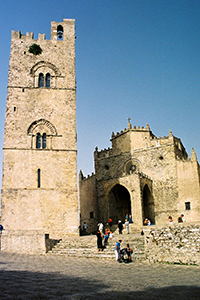Speaker
Description
The CERN-MEDICIS facility is aimed for the production of innovative medical radioisotopes. The dedicated electromagnetic mass separator allows to selectively extract a desired isotope from all others of the same element, what is inaccessible for chemical separation methods. It is foreseen to handle working materials, which are either irradiated at the CERN-ISOLDE target station or provided from external institutions. Radionuclides extracted using thermal ionization are accompanied with high contaminations of radioactive or stable isobars. Moreover, surface ion sources with a limited selectivity exhibits a rather low extraction efficiency for the isotopes of interest, making the total production process economically not profitable.
To provide both, selective and efficient ionization, a laser ion source is implemented at MEDICIS. The high elemental selectivity is achieved via multi-step laser resonance ionization, which in combination with mass separation allows to collect a mono-isotopic ion beam of the desired radionuclide. Therefore, for each element of interest, i.e. lutetium, terbium and erbium, a characterization of an optimum resonance ionization scheme was accomplished for two-step photoexcitation, representing a highly efficient ionization process suitable for large-scale production of radioisotopes.
The laser ion source system is based on Titanium:sapphire (Ti:Sa) lasers of Mainz design. As all characterized steps of ionization schemes for these lanthanides lay in the second harmonic emission range of Ti:Sa, an automated grating-tuned Ti:Sa laser with intra-cavity frequency doubling was developed. Two lasers of this design allow to rapidly switch between different ionization schemes, providing a possibility to extract several nuclides of interest from one source material or to make an express analysis of contaminants during the collection process.




